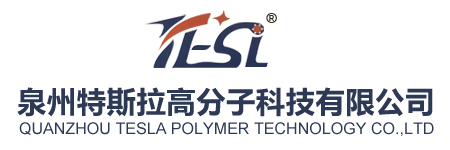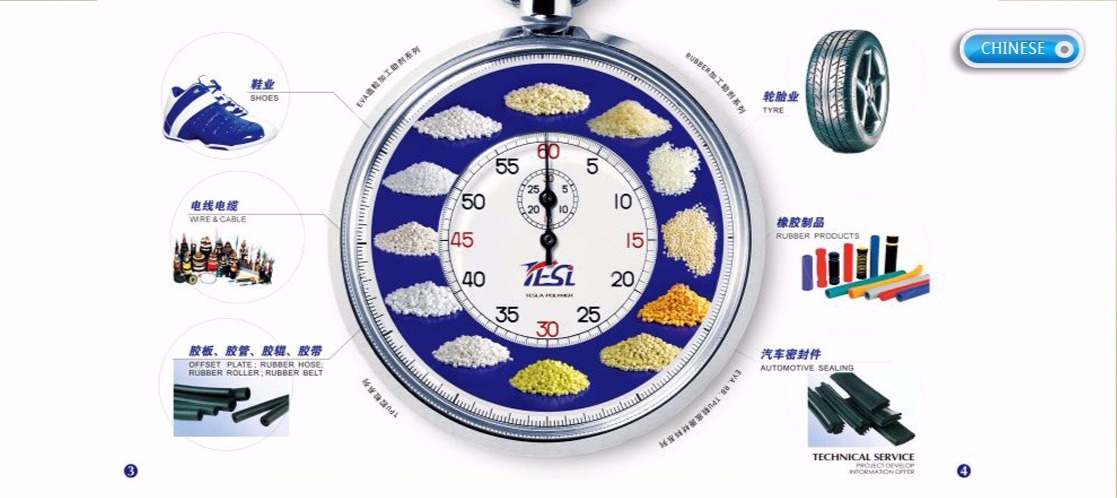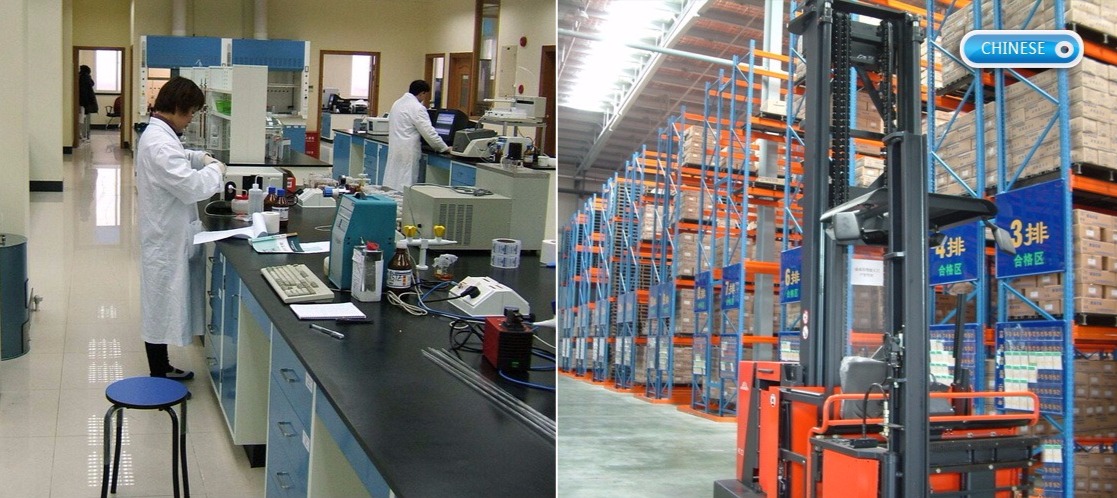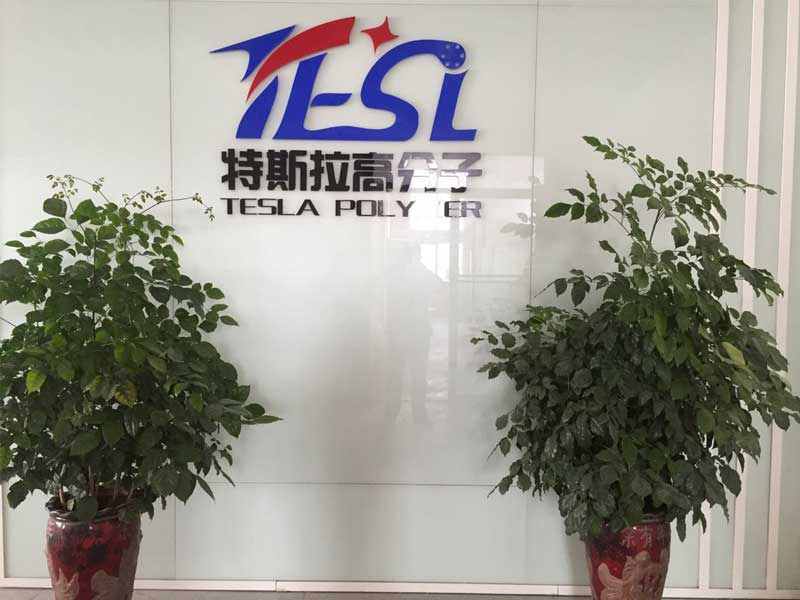Species commonly used in rubber, properties, uses
2016-07-13 03:48:48
Rubber varieties (abbreviations) chemical composition of the main purposes Features
1, natural rubber (NR) in the rubber hydrocarbon (polyisoprene) mainly containing a small amount of protein, moisture, resin acids, sugars and inorganic salts. Flexibility, high elongation strength, tear resistance and excellent electrical insulation, excellent wear resistance and drought tolerance, good workability, easy adhesion of other materials, synthetic rubber is better than most in terms of overall performance. The disadvantage is resistant to oxygen and ozone resistance is poor, easy to aging deterioration; oil and solvent resistance poor, low corrosion of the first anti-acid; high heat resistance. Operating temperature range: about -60 ℃ ~ + 80 ℃. Production of tires, rubber shoes, hose, tape, wire and cable insulation and jacketing, and other common products. Particularly suitable for the manufacture of torsional vibration eliminator, engine damper, the machine bearing, rubber - metal suspension components, diaphragms, molded products.
2, styrene-butadiene rubber (SBR) and styrene butadiene copolymers. Performance close to natural rubber, is currently the largest output of general-purpose synthetic rubber, which is characterized by abrasion resistance, aging and heat resistance than natural rubber, natural rubber is also more uniform texture. Disadvantages are: less elastic, anti-flex, anti-tear performance is poor; processing performance is poor, especially poor self-adhesive, low green strength. Operating temperature range: about -50 ℃ ~ + 100 ℃. Mainly used to replace natural rubber production of tires, rubber, hose, shoes, and other common products.
3, butadiene rubber (BR) is formed by the polymerization of butadiene rubber, cis structure. The advantages are: flexibility and excellent wear resistance, anti-aging properties and good low temperature resistance in dynamic load heat a small, easy-to-metal bonding. The disadvantage is low strength, tear resistance is poor, poor processing performance and self-adhesive. Operating temperature range: about -60 ℃ ~ + 100 ℃. More generally, and natural rubber or styrene-butadiene rubber and use, mainly the production of tire treads, conveyor belts and special cold-resistant products.
4, isoprene rubber (IR) is polymerized from isoprene monomer made of a rubber-cis structure. Chemical composition, three-dimensional structure similar to natural rubber, natural rubber performance is very close, so it is called synthetic natural rubber. It has most of the advantages of natural rubber, anti-aging due to natural rubber, flexible and powerful lower than natural rubber, poor processing performance, high cost. Operating temperature range: about -50 ℃ ~ + 100 ℃ can replace natural rubber production of tires, rubber shoes, hose, belt and other common products.
5, chloroprene rubber (CR) is a chloroprene monomer emulsion made from the polymer. This rubber molecules containing chlorine atoms, as compared with other general rubber: it has excellent oxidation, ozone resistance, non-flammable, self-extinguishing after the fire, oil, solvent, acid and anti-aging, gas tightness and good; their physical and mechanical properties better than natural rubber, it is used as a general rubber, special rubber may also be used. The main disadvantage is poor resistance to cold, a larger proportion of relatively high cost, electrical insulation is not good, easy to stick roll machining, easy to scorch and easy to stick mold. In addition, raw rubber poor stability and difficult to preserve. Operating temperature range: about -45 ℃ ~ + 100 ℃. The main requirements for the manufacture of anti-ozone, high resistance to aging and a variety of cable jacket protective cover, protective cover; oil, chemical resistant hoses, plastic and chemical lining; fire underground mining rubber products, as well as a variety of molded products, seals, pads, adhesive or the like.
6, butyl rubber (IIR) or isobutylene and a small amount of isoprene-butadiene copolymer. The biggest feature is the air tightness, ozone resistance, good aging resistance, high heat resistance, long-term working temperature below 130 ℃; resistant to inorganic acids (such as sulfuric acid, nitric acid, etc.) and organic solvents, vibration absorption and damping characteristics good electrical insulation is also very good. The disadvantage is poor flexibility, poor processing performance, slow curing, poor adhesion and oil resistance. Operating temperature range: about -40 ℃ ~ + 120 ℃. Mainly used for inner tubes, water births, balloons, wire and cable insulation, chemical equipment lining and shock products, heat-resistant conveyor belt, heat aging tape products.
7, nitrile rubber (NBR) copolymer of butadiene and acrylonitrile. Characterized by resistance to gasoline and oils of aliphatic hydrocarbons are particularly good performance, after polysulfide rubber, acrylic rubber and fluorine, and superior to other general rubber. Good heat resistance, air tightness, wear resistance and water resistance etc. good, strong bond. The disadvantage is that cold and poor ozone resistance, strength and low elasticity, poor acid resistance, good electrical insulation properties, resistance to polar solvent resistance is also poor. Operating temperature range: about -30 ℃ ~ + 100 ℃. Mainly used in the manufacture of various oil products, such as hoses, sealing products.
8, hydrogenated nitrile rubber (HNBR) copolymer of butadiene and acrylonitrile. It is through wholly or partially hydrogenated NBR butadiene double bond obtained. It features high mechanical strength and abrasion resistance when used peroxide crosslinking good heat resistance than NBR, nitrile rubber and other properties the same. The disadvantage is that higher prices. Operating temperature range: about -30 ℃ ~ + 150 ℃. Mainly used for oil, high temperature sealing products.
9, ethylene-propylene rubber (EPMEPDM) copolymer of ethylene and propylene, are generally divided into EPR and EPDM. Is characterized by resistance to ozone, UV-resistant, weather resistance and excellent resistance to aging, ranking first in the general rubber. Electrical insulation, chemical resistance, impact good flexibility, acid, the proportion of small, can be highly filled with. Heat up to 150 ℃, resistance to polar solvents - ketones, esters, etc., but not resistant to aliphatic and aromatic hydrocarbons, other physical and mechanical properties slightly inferior to natural rubber and styrene-butadiene rubber is superior. The disadvantage is self-adhesive and mutual viscosity is poor, difficult to bond. Operating temperature range: about -50 ℃ ~ + 150 ℃. Mainly used for lining chemical equipment, wire and cable sheathing, steam hose, heat-resistant conveyor belts, automotive rubber products and other industrial products.
10, silicone rubber (Q) based chain containing silicon and oxygen atoms of special rubber, which play a major role in the silicon element. Its main characteristic is both high temperature (up to 300 ℃) and low temperature (lowest -100 ℃), is the best Alto Ai cold, high temperature rubber; at the same time excellent electrical insulation, high stability against thermal oxidation and ozone , large chemical inertness. The disadvantage is the low mechanical strength, oil resistance, solvent and acid poor, difficult to cure, more expensive. Operating temperature: -60 ℃ ~ + 200 ℃. Mainly for the production of high temperature resistant products (hoses, seals, etc.), high temperature wire and cable insulation, because of its non-toxic and tasteless, but also for the food and medical industries.
11, fluorine rubber (FPM) is formed by copolymerization of a fluorine-containing organic monomer elastomer. It features high temperature resistance up to 300 ℃, acid, oil is the best oil and rubber, anti-radiation, good resistance to high vacuum performance; electrical insulation, mechanical properties, chemical resistance, ozone resistance, resistance to atmospheric excellent in aging resistance. The disadvantage is poor processability, poor cold expensive, less elastic breathable. Operating temperature range: -20 ℃ ~ + 200 ℃. The sealing material is mainly used in the manufacture of aircraft defense industry, vacuum resistant rocket on high temperature resistance, chemical corrosion, hose or other parts and the automotive industry.
12, urethane rubber (AUEU) polyester (or polyether) polymerized with diisocyanate compounds from the elastomer. Which is characterized by good wear resistance in a variety of rubber it is the best; high strength, good elasticity, oil resistance. Ozone resistance, aging resistance, air tightness, also excellent. The disadvantage is the poor heat resistance, water resistance and poor alkali resistance, resistance to aromatic hydrocarbons, chlorinated hydrocarbons and ketones, esters, alcohols and the like poor solvents. Operating temperature range: about -30 ℃ ~ + 80 ℃. Produced by the tires close parts, gaskets, shock products, as well as wear-resistant, high strength and oil resistant rubber products.
13, acrylic rubber (ACMAEM) which is ethyl acrylate or butyl acrylate polymer. Its characteristics are both good heat resistance, oil resistance, lubricating oil containing sulfur, phosphorus, chlorine additive stable performance. At the same time aging resistance, oxygen and ozone, UV resistant, excellent air tightness. The disadvantage is poor cold tolerance, intolerance of water, steam and intolerant of organic and inorganic acids, alkalis. Severe swelling in a solution of a water-soluble alcohol, glycol, ketone esters. While the elastic and poor wear resistance, electrical insulation, poor, poor processing performance. Operating temperature range: about -25 ℃ ~ + 150 ℃. Can be used to make oil, heat, anti-aging products, such as seals, hoses, chemical linings.
14, chlorosulfonated polyethylene rubber (CSM) which is polyvinyl chloride, and after sulfonation, the resulting polymer having elasticity. Close to excellent resistance to ozone aging, weather-resistant than other rubbers. Good flame retardant, heat resistance, solvent resistance and resistance to most chemicals and acid properties. Electrical insulation is acceptable, styrene-butadiene rubber and wear similar. The disadvantage is poor tear resistance, good processability. Operating temperature range: about -20 ℃ ~ + 120 ℃. Can be used as a sealing material on the ozone generator, oil-resistant seals, wire and cable sheathing as well as oil and chemical products, rubber lining.
15, epichlorohydrin rubber (COECO) epichlorohydrin homo- or copolymer of epichlorohydrin and ethylene oxide polymer formed. Is characterized by resistance to aliphatic hydrocarbons and chlorinated hydrocarbon solvents, alkali, water resistance, excellent aging resistance, ozone resistance. It can be used as hoses, seals, films and container liners, tanks, cot, manufacture seal, seal, etc. .
16, chlorinated polyethylene rubber (CM or CPE) is substituted by a chlorine polyethylene polymer made of an elastic response. Performance and close chlorosulfonated polyethylene rubber, which is characterized by good fluidity, easy processing; excellent weather resistance, ozone resistance and corona resistance, heat, acid, oil resistance is good. The disadvantage is poor flexibility, compression deformation larger, lower electrical insulation. Operating temperature range: about -20 ℃ ~ + 120 ℃. Wire and cable sheathing, hoses, plastic, rubber roller chemical linings.




